1.Nemika Paudel
Nemika is a 9-year-old autistic girl, who experiences, seizures, hypothyroidism, and asthma. She currently attends UKG and enjoys singing, traveling, loves to engage with people, forms relationships easily and has great imitation skills.
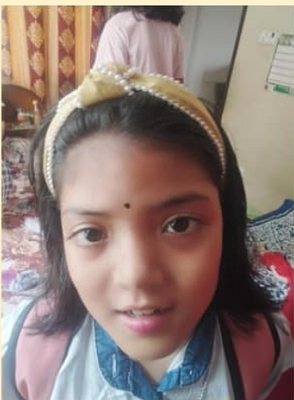
- Nemika requires support in improving her mobility, coordination, and writing skills, namely climbing stairs, jumping, and writing in a straight line. We aim to develop solutions to enhance her academic participation and performing daily activities more comfortably and independently.
- Potential solutions for Nemika included assistive devices like adaptive pencil grip and drawing devices, page turner, stencils for handwriting and mobility aids and activities to enhance her motor skills by incorporating engaging methods to improve participation.
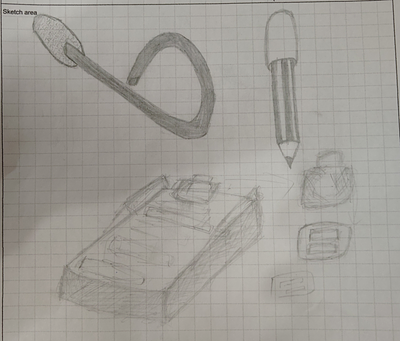
- 2.Sonabung Rai
Sonabung is a non-speaking 5-year-old autistic girl child attending Playgroup and enjoys catching and throwing balls and pays attention to toys. She has difficulty gripping objects, climbing stairs, holding a pencil, and engaging in social communication.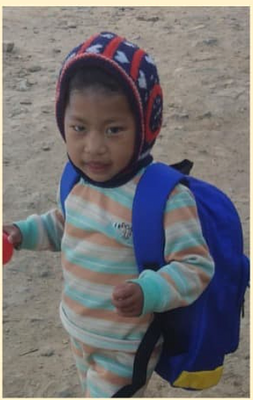
- Sonabung needs support in developing gross and fine motor skills, and communication to participate well in home and school environment. The solutions will focus on assistive devices and structured activities to enhance her ability to hold objects, navigate spaces, and engage with her surroundings.
- For Sonabung, solutions could involve sensory-friendly gripping tools, adaptive play activities, and interactive methods to improve her engagement with objects. Special attention will be given to improving her ability to interact and communicate through non-verbal means.
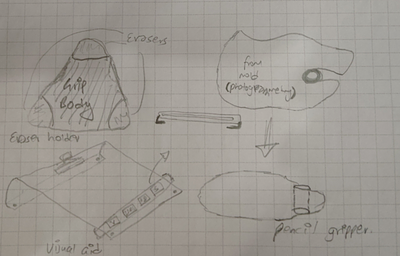
- 3.Breonna RajbhandariBreonna is a 9-year-old girl who had a right internal carotid artery stroke which resulted in right hemiplegia and vision difficulties. She loves mountains, trees, and animals and enjoys watching YouTube. Being very family-oriented, charming, and empathetic are her strengths.
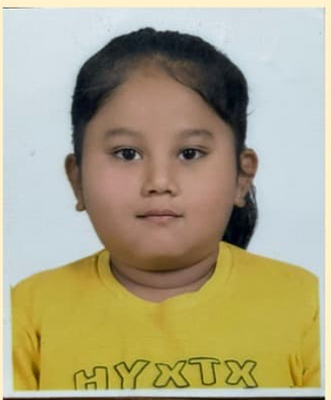
- Breonna requires assistance with functional mobility, writing and reading capacities and vision related functions due to her stroke. Solutions will focus on enhancing her motor control, enhance her academic participation incorporating her strong interests in therapy.
- For Breonna, the project will explore on assistive devices like angled adaptive board to write easily, hold books/stencils, interactive visual-digital engagement, and mobility-supports to aid her recovery. Activities that integrate her love for animals will be considered to encourage motivation.

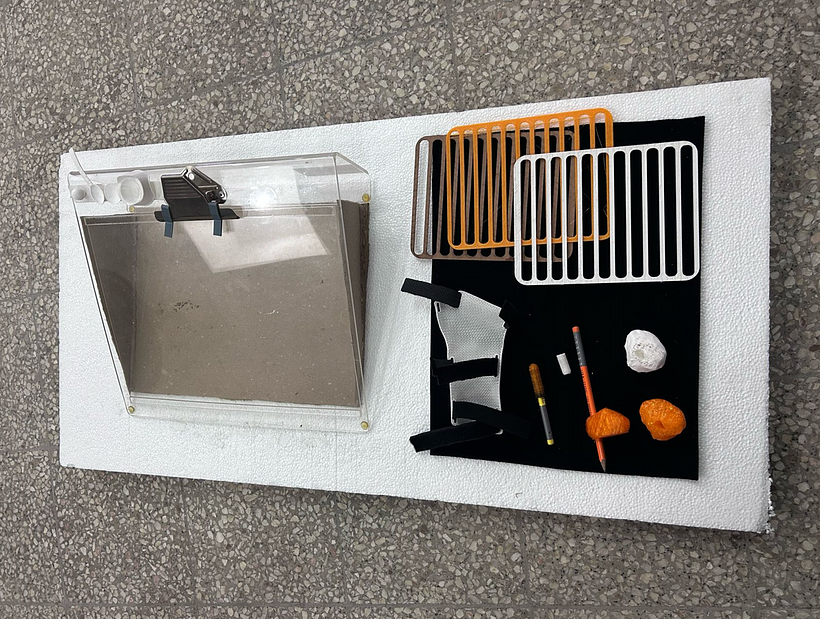
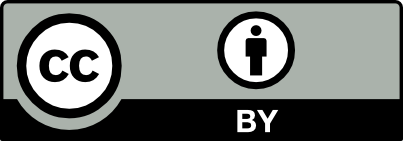
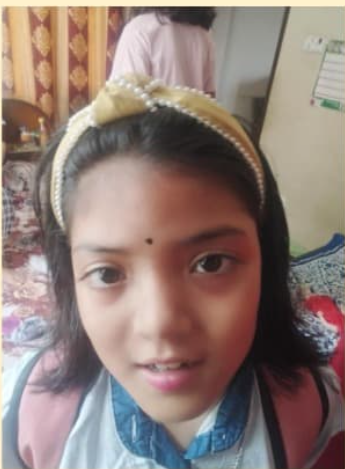

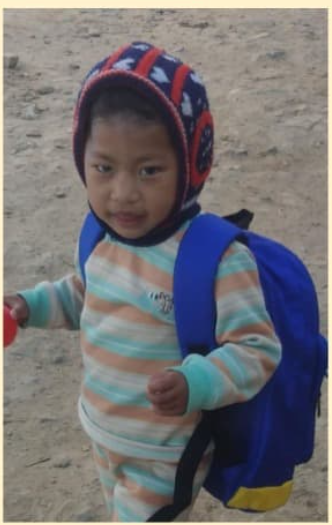
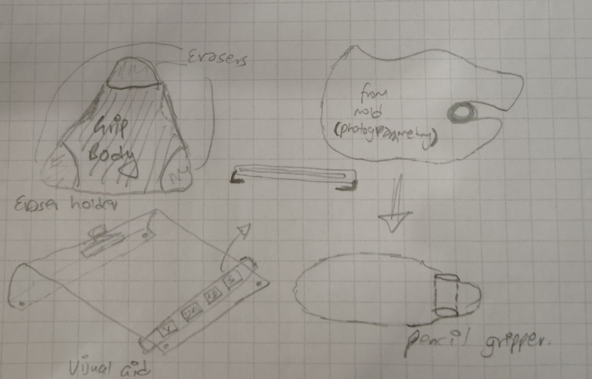
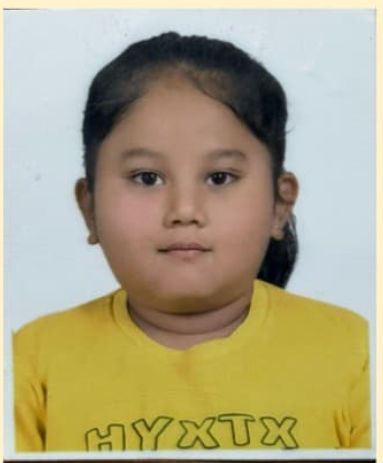
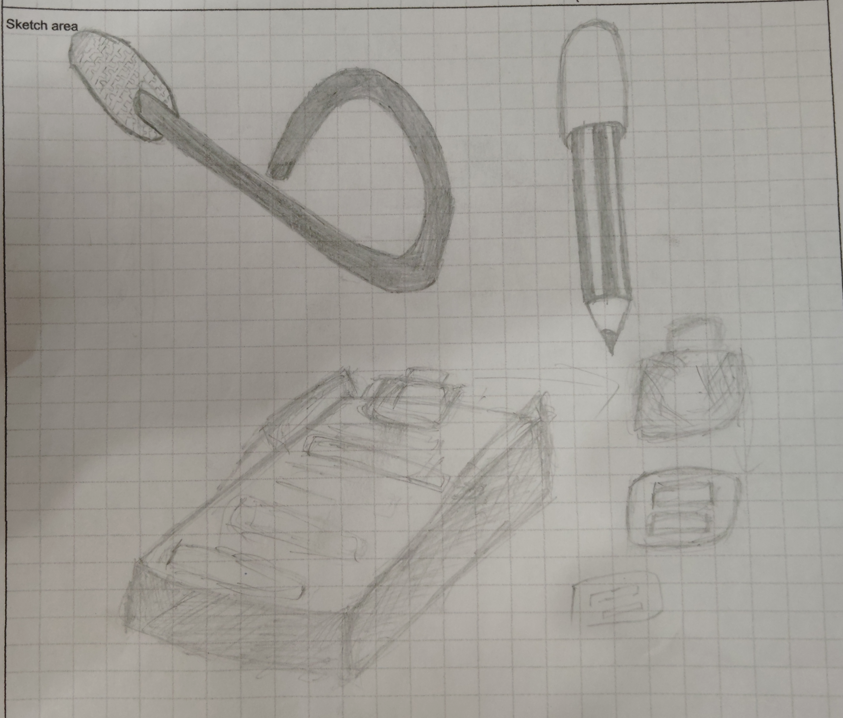
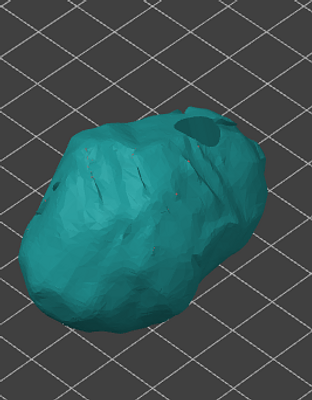
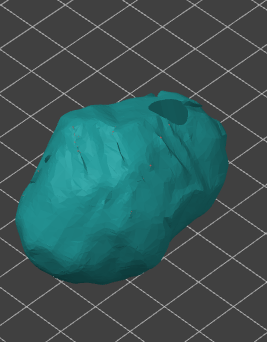
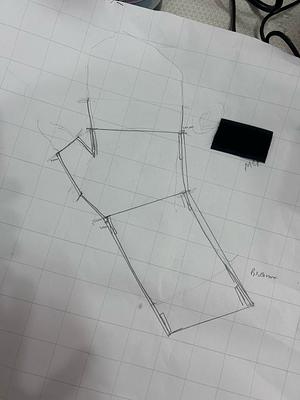
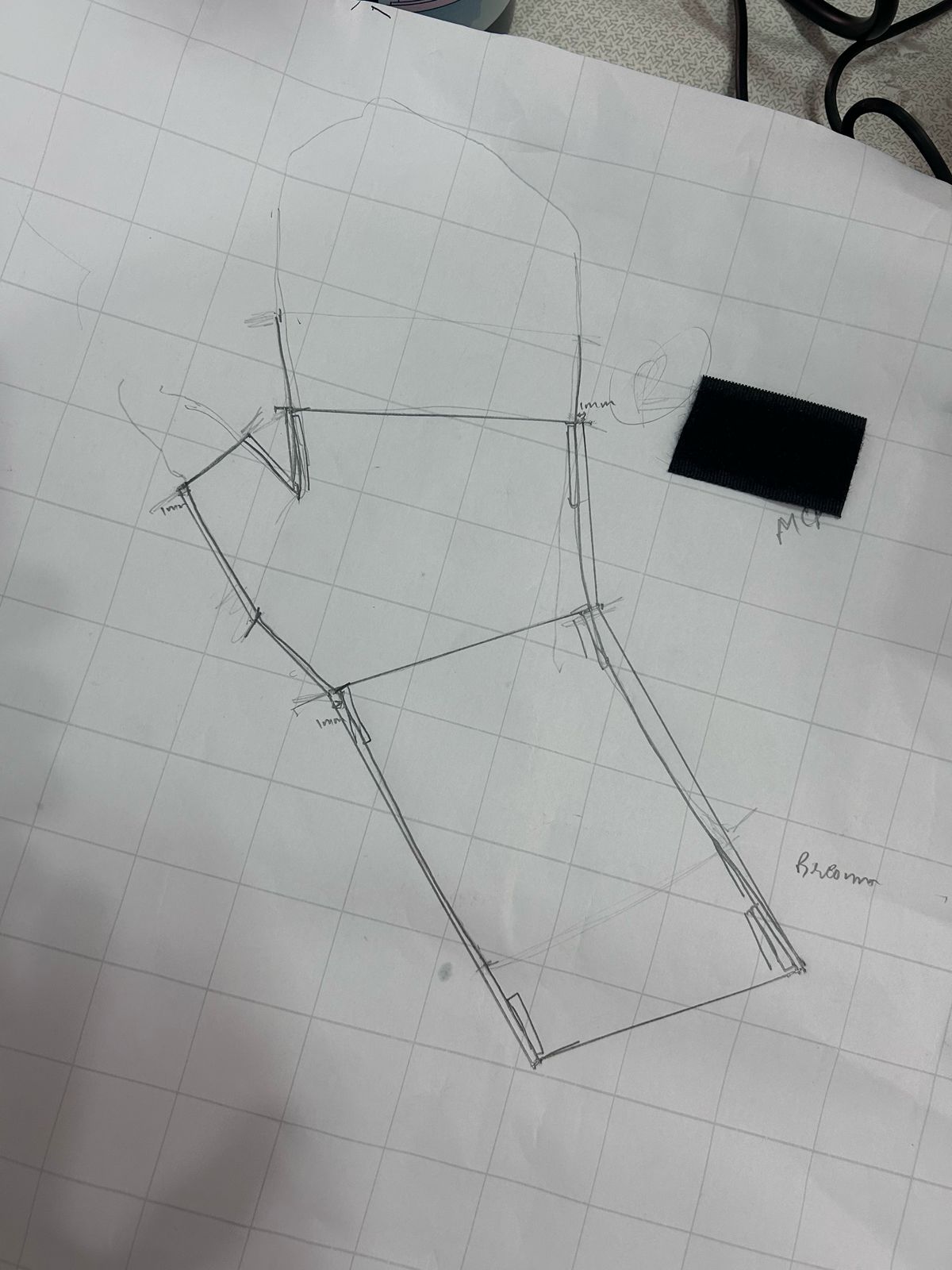
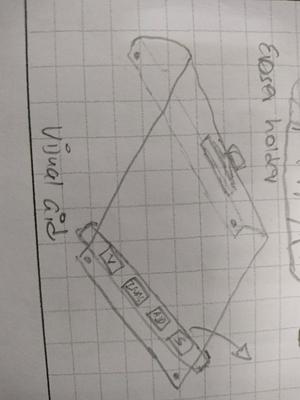
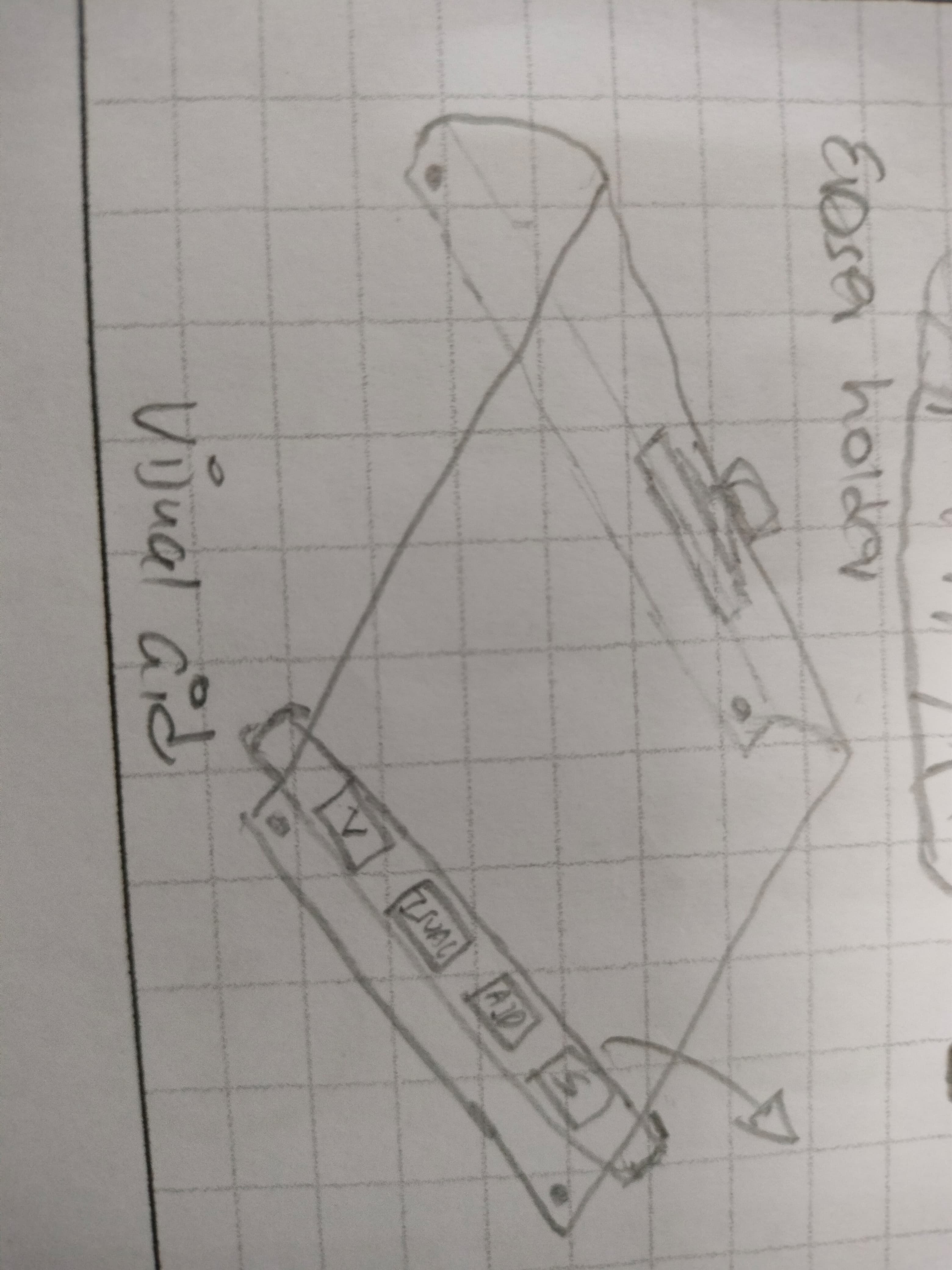
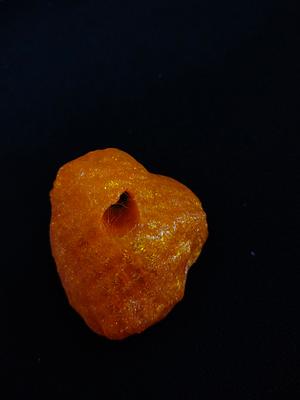
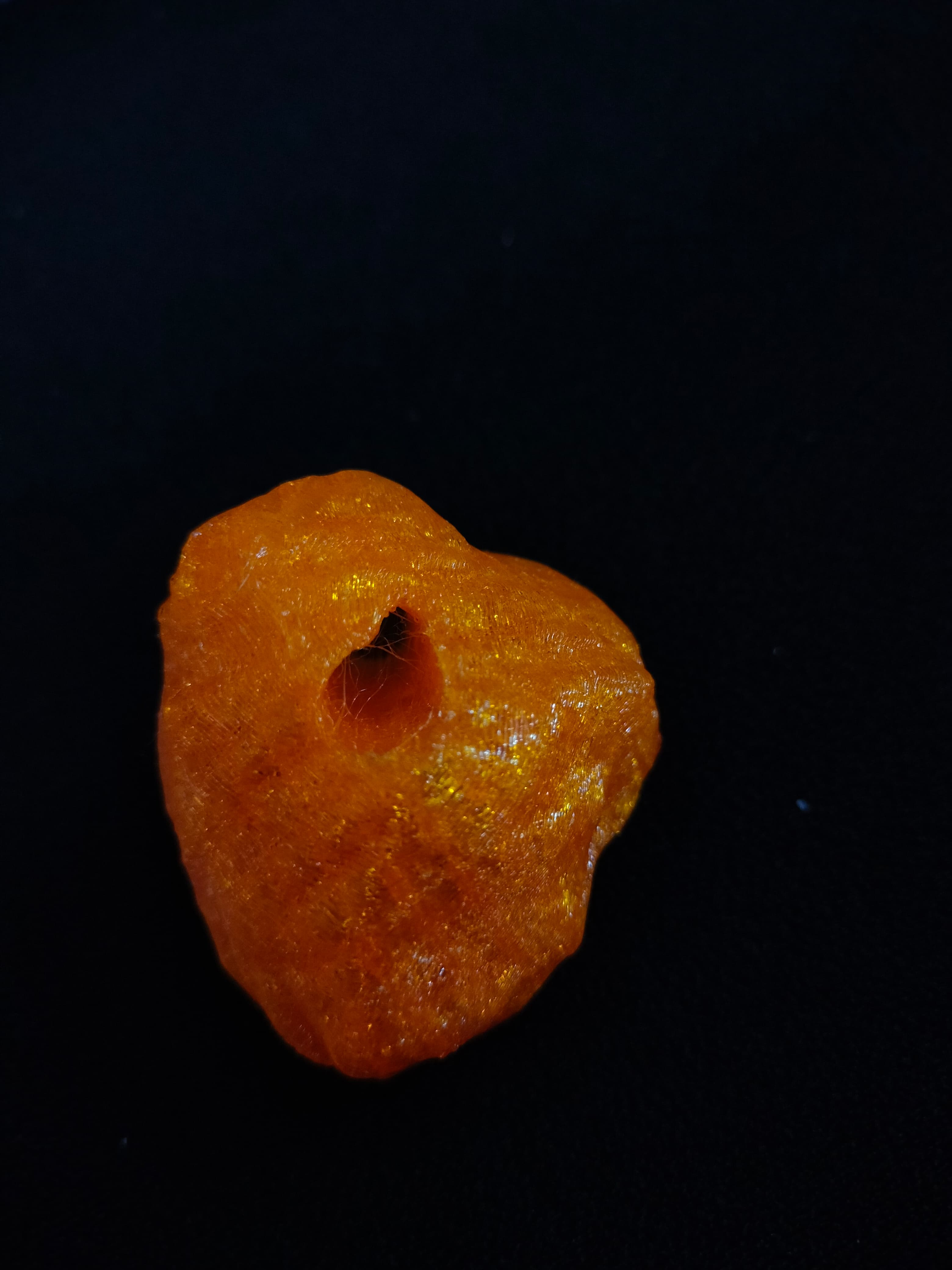
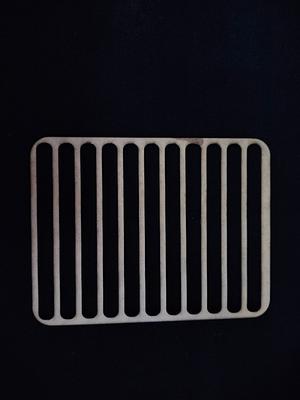
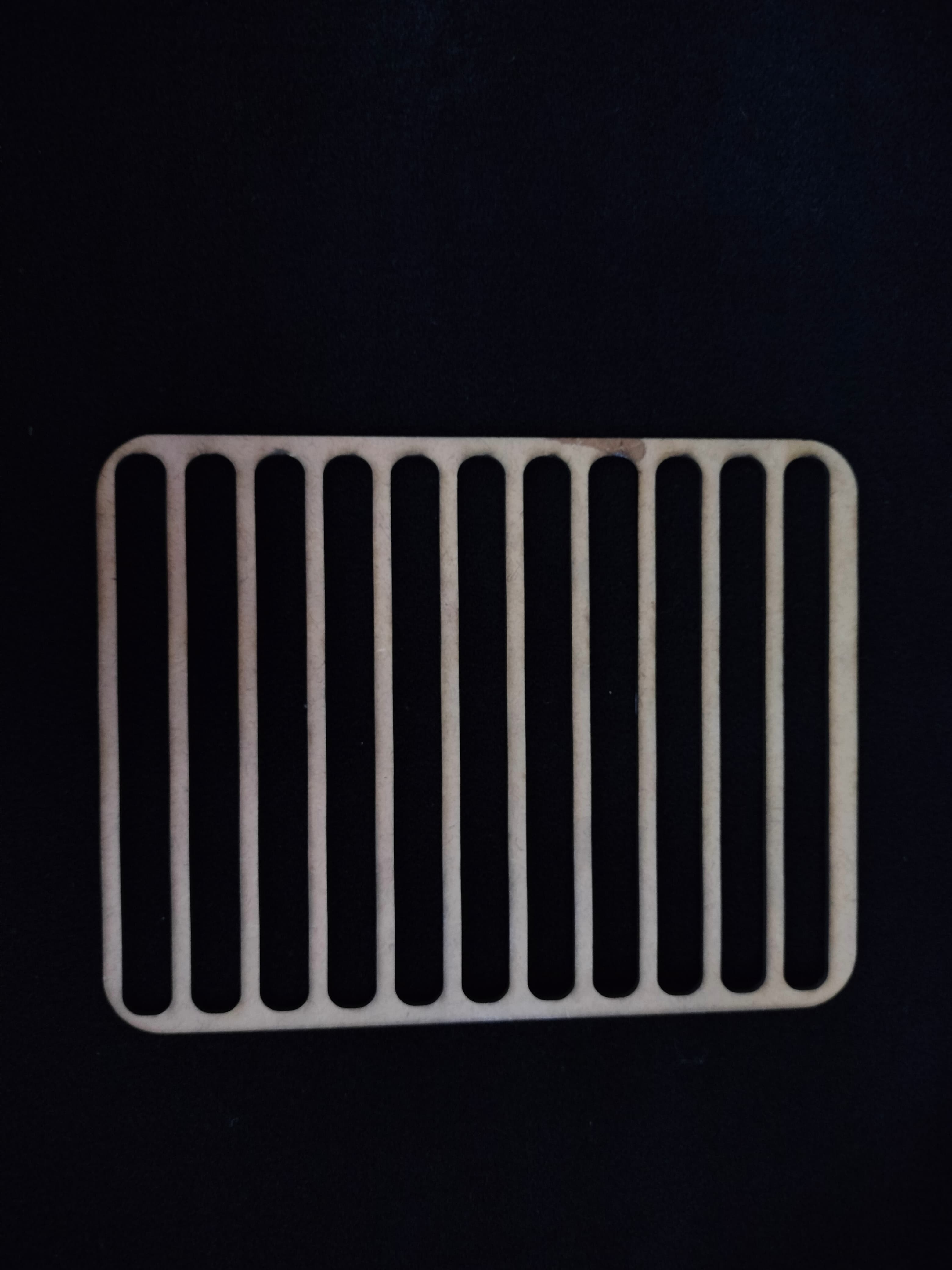
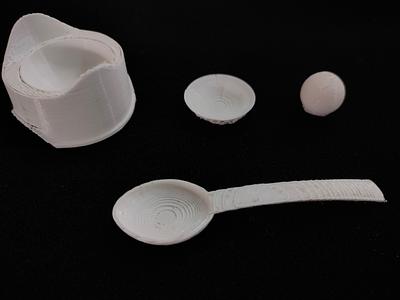
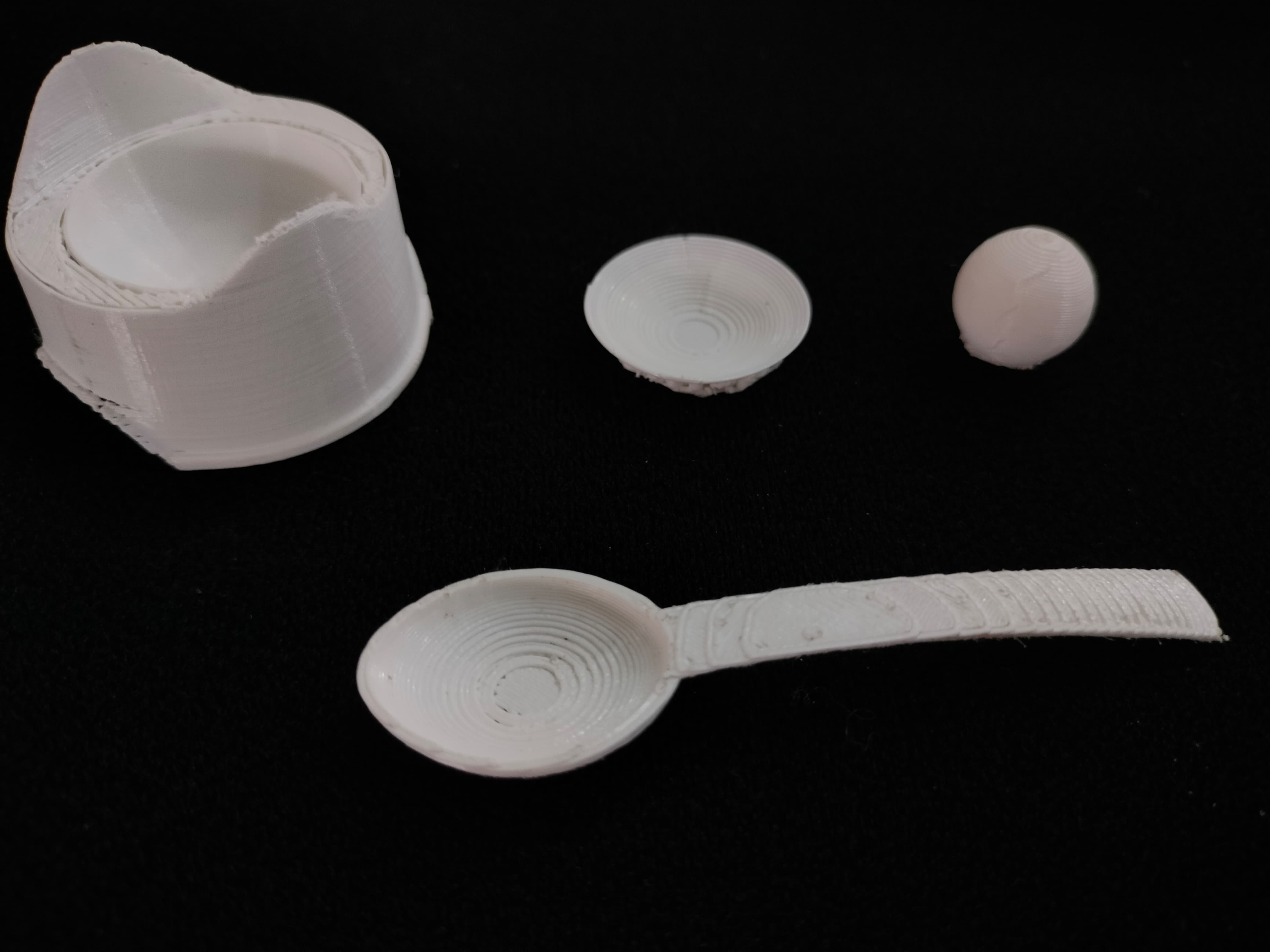
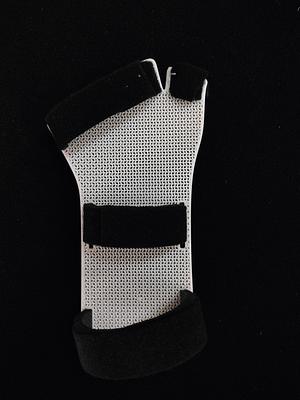
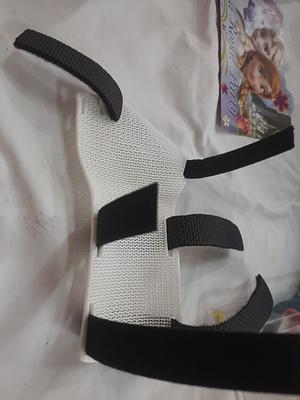
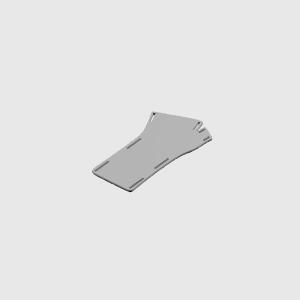
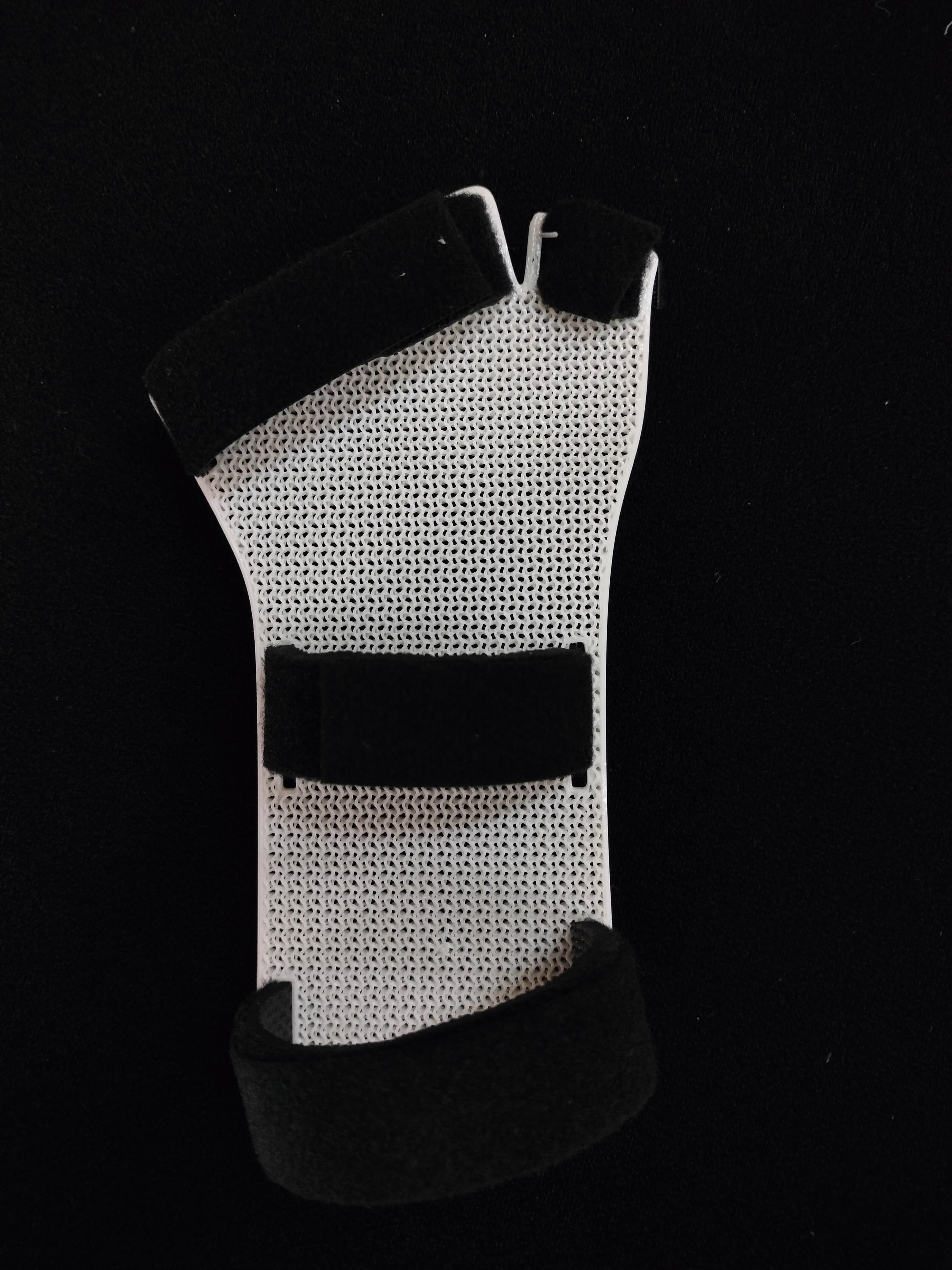
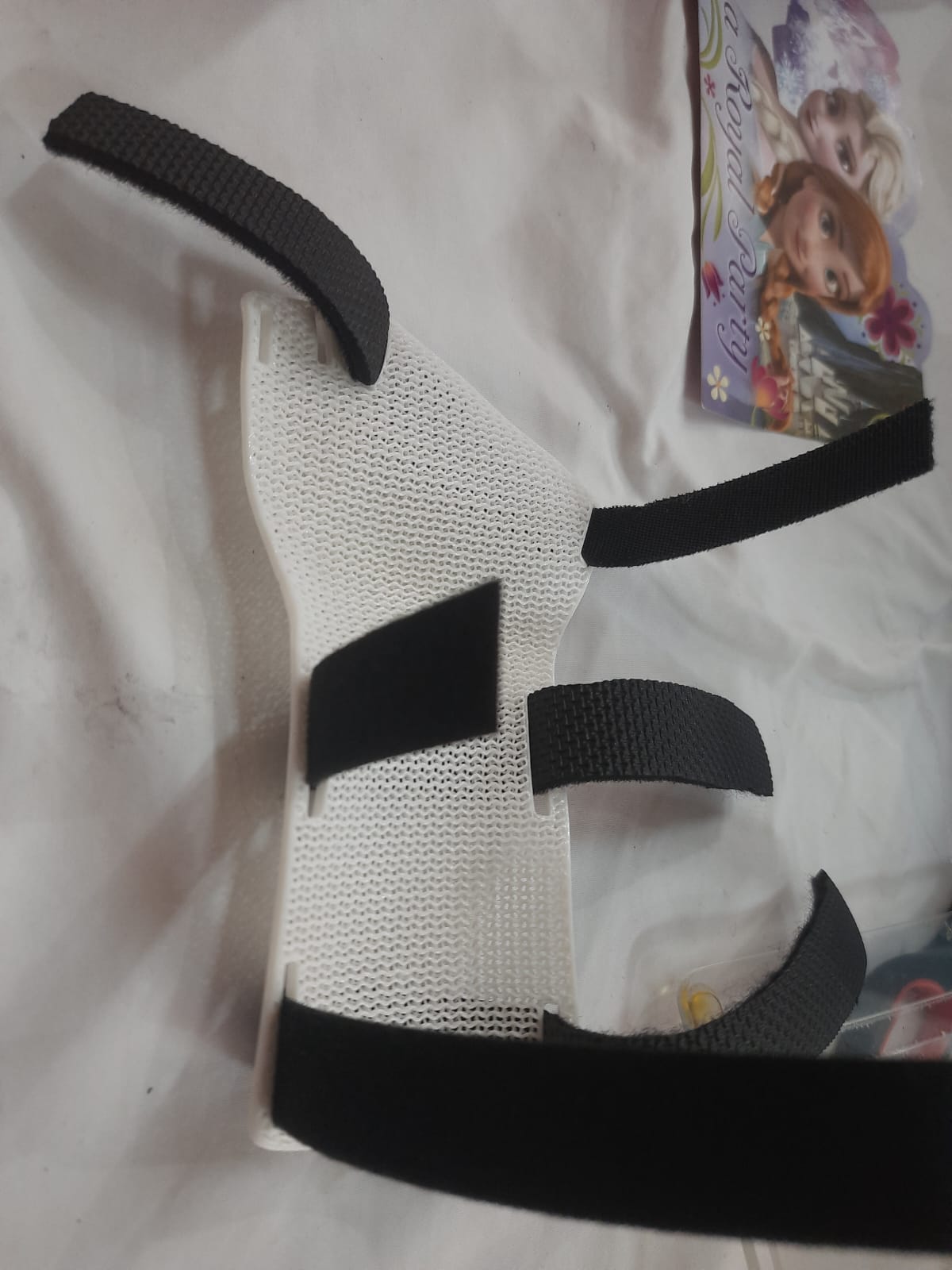
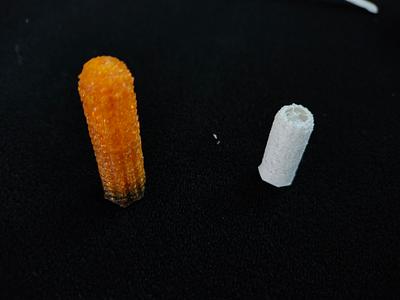
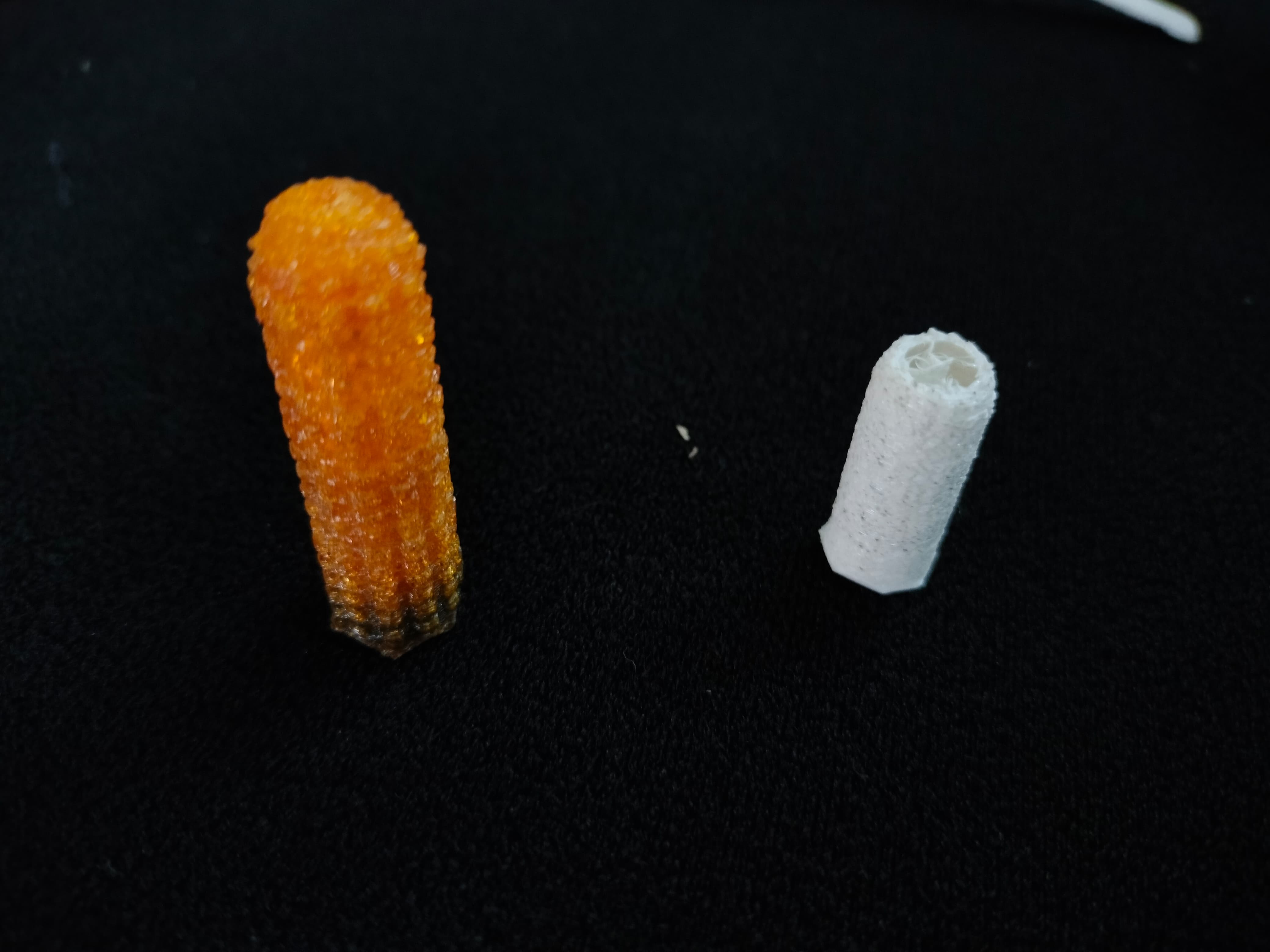
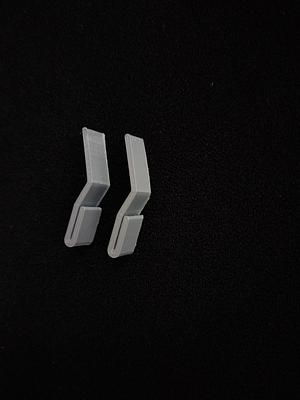
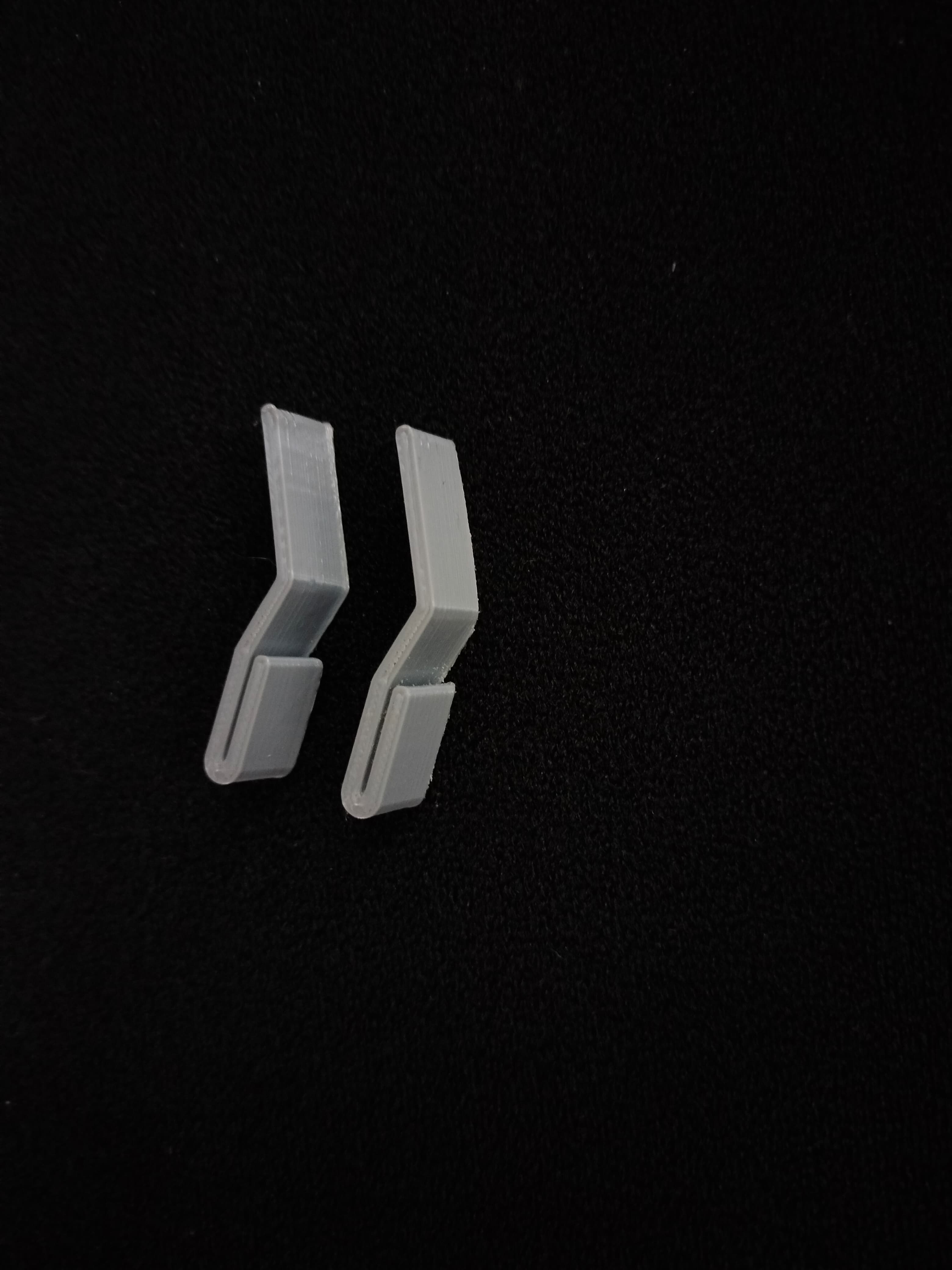
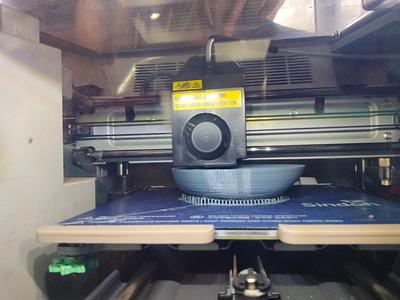
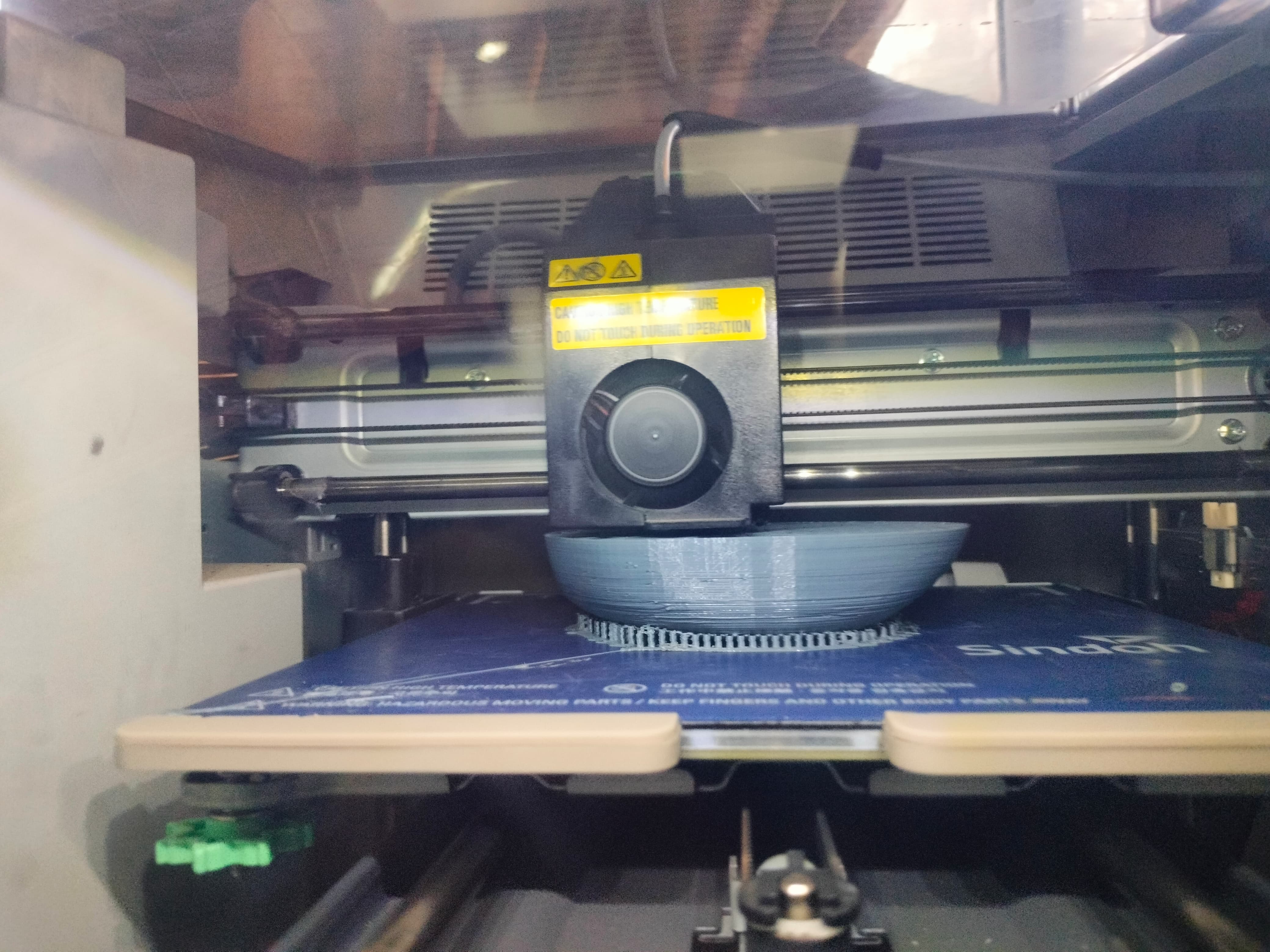
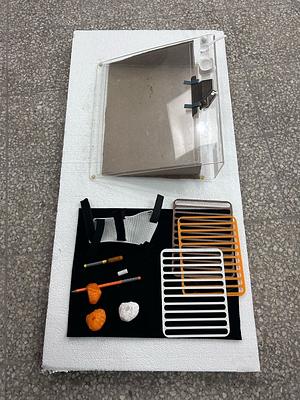
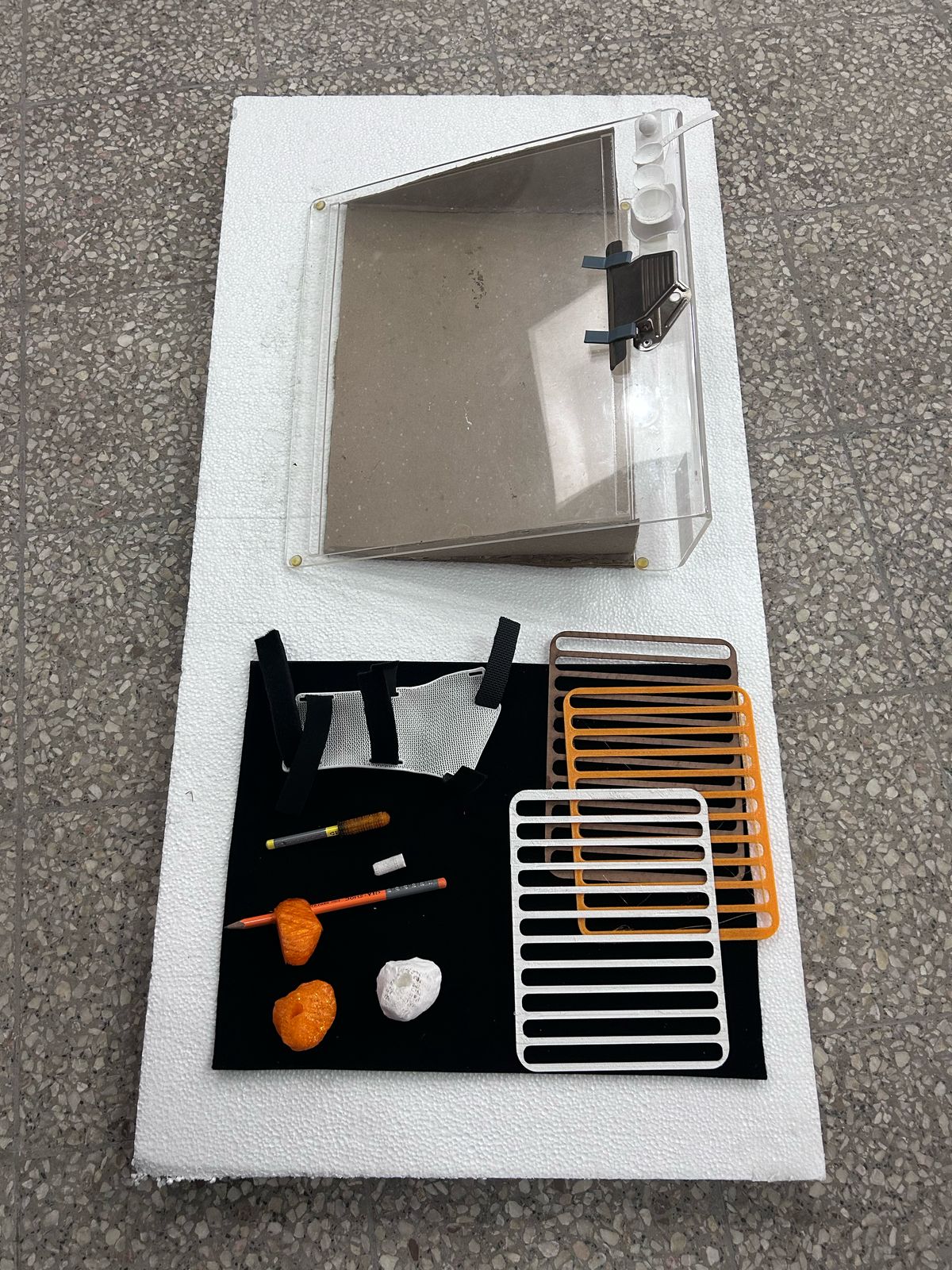

Comments